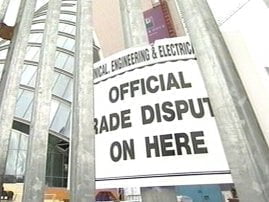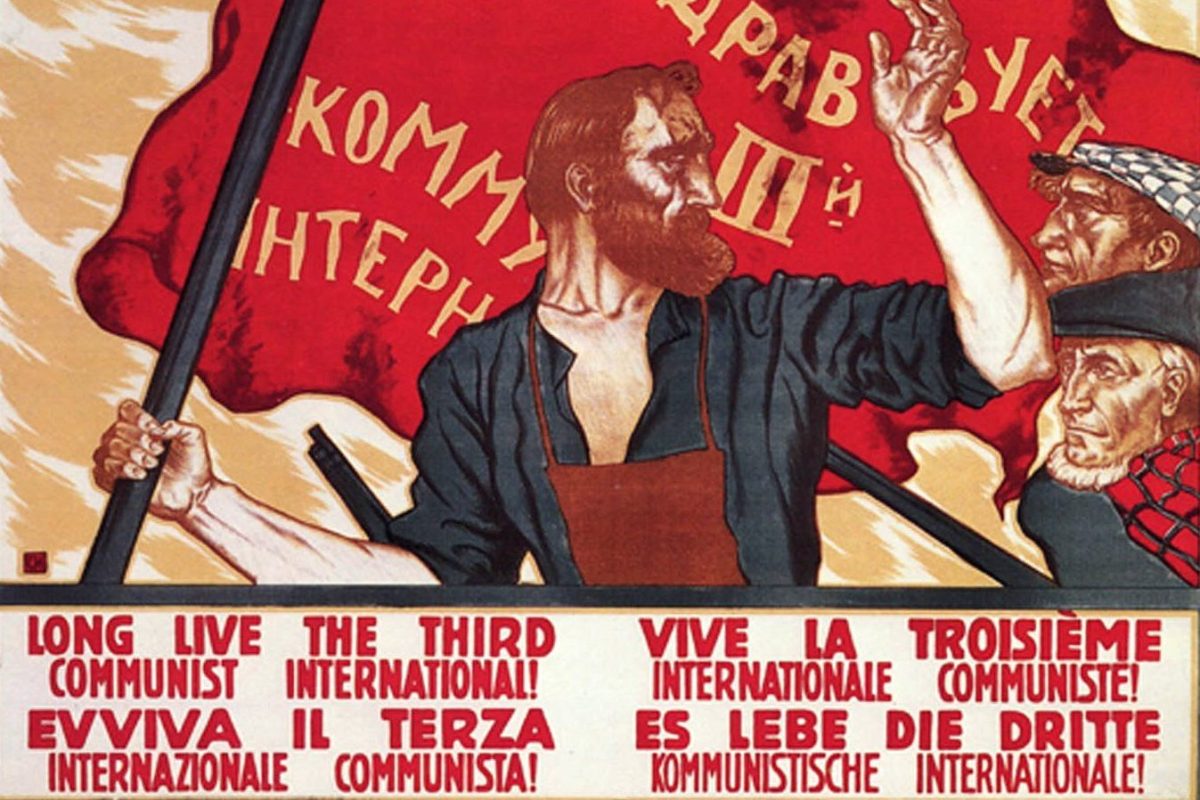After a week long strike that saw some 240 sites being picket by
TEEU members the union has instructed the 10,500 strikers to return to
work, following the decision of the Labour Court to recommend a 4.9%
deal – to be paid in two installments; 2.5% in September and 2.4% in
January. But, it would be a mistake to suggest that the dispute is over
and done with.
After a week long strike that saw some 240 sites being picket by
TEEU members the union has instructed the 10,500 strikers to return to
work, following the decision of the Labour Court to recommend a 4.9%
deal – to be paid in two installments; 2.5% in September and 2.4% in
January.
But, it would be a mistake to suggest that the dispute is over and
done with. The reality is that the non-binding decision of the Labour
Court needs to be accepted by the two employers’ federations (the ECA
and the AECI) signed up to the negotiating process. Furthermore a rival
employer’s federation which is not part of the Registered Employment
Agreement has threatened a legal challenge to the proceedings.
The TEEU executive meets on Thursday and it is likely that they will
vote to reactivate the strike after the two week building workers’
holiday, in the event of one or other of the employers’ federations
rejecting the deal. The union also has the possibility of taking the
dispute to ICTU with a view to escalating any new stage in the dispute
to include other sections of workers at the sites.
So, the ball is very definitely back in the employers’ court. There
are indications that the employers are divided on the issue and some
are extremely unhappy, in fact deeply dismayed, The Irish Times of July 12th gave vent to some of their opinions:
“The Electrical Contractors’ Association (ECA), which represents
about 50 major contractors will meet tomorrow to decide on the court’s
non-binding proposal that 10,500 electricians receive the 2.5 per cent
increase from September 1st and another 2.4 per cent on January 1st,
2010.“Chris Lundy of the Association of Electrical Contractors of Ireland
(AECI) said it will ballot its members. He said the outcome ‘might be a
surprise’, because even the executive was divided 50:50 on the issue.“The National Electrical Contractors of Ireland (NECI), a breakaway
employers’ group which is not part of the negotiating process, said it
was ‘in complete dismay of the Labour Court’s recommendations’.”
Chief executive Denis Judge, said that, “in a judgment on February
29th, 2009, after the longest hearing ever held in the LC, the Labour
Court rejected a proposed increase of €1.05.” The economy had
substantially worsened since then, he said but now “the Labour Court
has recommended a 4.9% increase”.
The position facing the union is complex. Deflation stands at about
5% per annum at the moment, while sections of the employers have been
seeking a 10% cut in wages. The Labour Court has accepted the 4.9%
increase, which is a shift from the situation in February, and the
employers have to respond.
Under these conditions a 4.9% increase would be at least a partial
victory, but there is no guarantee that the employers, particularly the
small employers will accept the deal, as such the union either has to
give in, which seems unlikely or more likely to reopen the dispute and
seek the support of other unions to escalate it.
The support for the union’s action seems to have been solid, which
means that the engineering employers could blunder into a protracted
and bitter action. This would have a dramatic effect on the Irish
working class as a whole and could – as in the case of the Waterford
Crystal occupation, which helped spark the Visteon occupation in
Belfast ‑ have an effect North of the border as well.
There are enormous pressures on workers across the state to accept
pay cuts and short time working in many industries. A successful
outcome to the electrician’s action would represent an important
victory for all workers. But this won’t drop from the sky; it will
require the conscious support and active solidarity of the entire
Labour and Trade union movement.
Click here to read the Fighback statement on the start of the action.
Click here to visit the Fightback site






